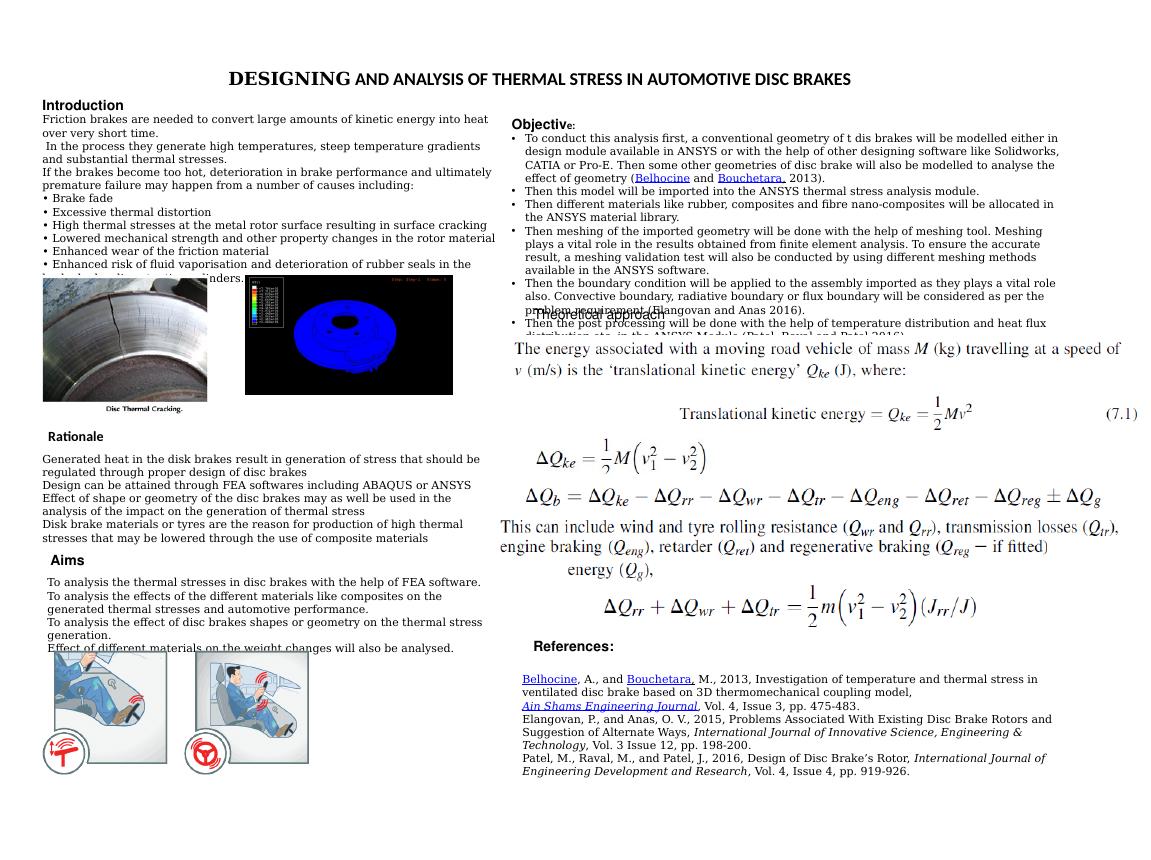Designing and Analyzing Thermal Stress in Automotive Disc Brakes: A FEA Approach
The aim of the project is to minimize high temperature when breaking, in order to reduce thermal deformation of the disc brake.
Added on 2023-04-26
About This Document
In this analysis we will discuss about disc brakes and below are the summaries point:-
-
Friction brakes generate high temperatures and substantial thermal stresses.
-
Design and analysis of thermal stress in automotive disc brakes is important for preventing premature failure.
-
The objective is to use FEA software to analyze thermal stresses, effects of materials and disc brake geometry.
Designing and Analyzing Thermal Stress in Automotive Disc Brakes: A FEA Approach
The aim of the project is to minimize high temperature when breaking, in order to reduce thermal deformation of the disc brake.
Added on 2023-04-26
End of preview
Want to access all the pages? Upload your documents or become a member.

